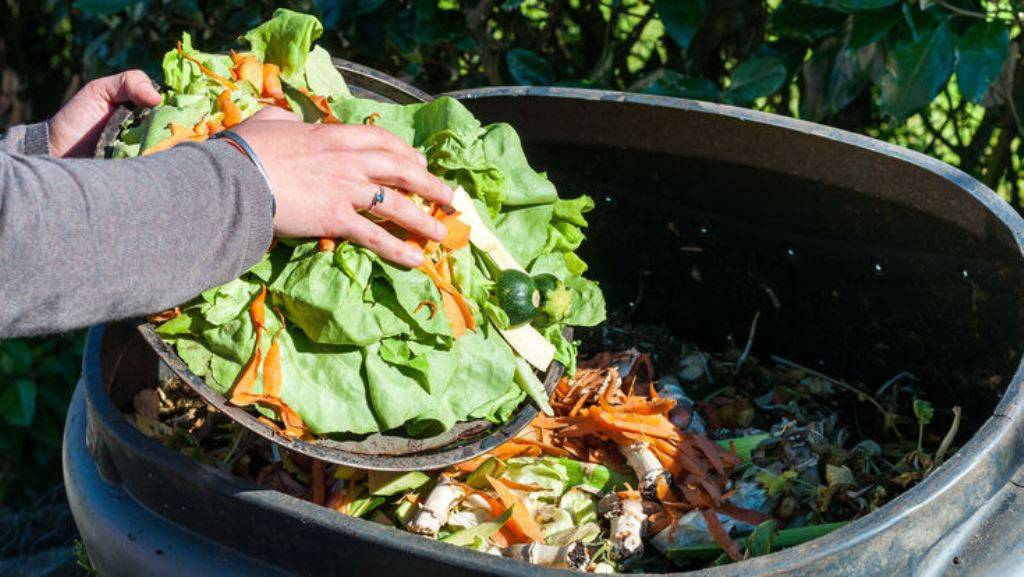
India is the second-largest producer of Fruits and Vegetables. We produce more and waste more. The shelf life of these F&V is very small. Due to the lack of refrigerated trucks and transportation, the F&V gets rotten quickly and becomes waste. These waste vegetables create microbes and pathogens, which are the primary source of diseases and epidemics.
Agriculture Scientists are working to utilize the agricultural waste into useful products and byproducts. On the second hand, petrol and diesel are rare commodity and has to be imported by paying a huge amount. An alternate source for the fuel was always in demand.
Now agri scientists come out with the development of biofuels from vegetable waste. In Madhya Pradesh, the civil authorities are trying to run the buses with this biofuel.
Towards better waste management, the city civic body plans to run public transport buses on the bio-Compressed Natural Gas (CNG) made from vegetable waste. Strengthening the 'Swachh Bharat Abhiyan' on one hand and on the other hand also utilizing the waste vegetables also.
"We have set up a bio-methanation plant at the Devi Ahilyabai Holkar Fruits and Vegetables Market. The plant can convert about 20 tonnes of waste into 1,000 kg of bio-CNG," said Asad Warsi, the Indore Municipal Corporation's (IMC) consultant under the Swachh Bharat Abhiyan. Tests were being conducted to run some auto-rickshaws on the bio-CNG fuel, he further added.
If the results are promising, then the plan is to run 20 buses on this fuel in the initial phase, he said, adding that these vehicles are so far being run on the normal CNG.
"The bio-GNG is expected to be cheaper by Rs 5 as compared to the normal CNG. Therefore, with the use of about 1,000 kg of bio-CNG, there could be a saving of Rs 5,000 on the fuel expenses of these buses. That means there will be a saving of about Rs 1.5 lakh every month," Warsi said.
The civic body also wants to generate bio-CNG from the waste of meat products like mutton, chicken, and fish, the official said, adding that comparatively more bio-fuel can be generated from raw meat.
The consultant said the IMC plans to set up two more bio-methanation units to increase the production of bio-CNG to nearly 4,000 kg, so as to run about 70 buses on it.
Besides, the IMC has signed an agreement with the NGO, Sarthak, to convert the daily hair waste -- around eight quintals generated in nearly 15,000 salons in the city -- into an amino acid.
The NGO's secretary, Imtiaz Ali, said under the agreement, a plant would be set up to treat hair waste and convert it into a bio-fertilizer, especially for horticulture.
Human hair is a good source of amino acids. Ali said, adding that about 12 liters of amino acid can be prepared by processing nearly 1,000 kg of hair.
According to a rough estimate, Indore is inhabited by about 35 lakh people who daily produce nearly 1,100 tonnes of garbage -- 650 tonnes of wet and 450 tonnes of dry garbage - which is safely disposed of.










